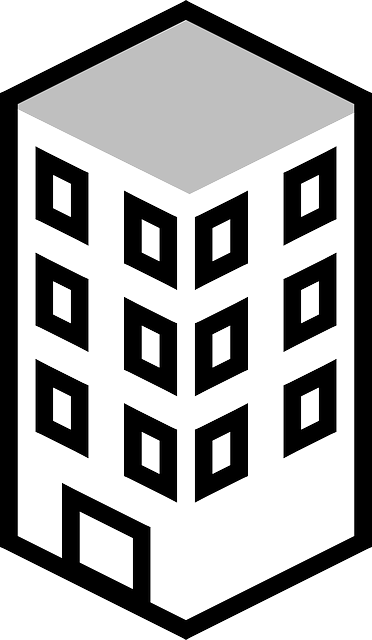Skip over navigation
Or search by topic
Number and algebra
Geometry and measure
Probability and statistics
Working mathematically
Advanced mathematics
For younger learners
Cubies
Age 7 to 11
Challenge Level 





This problem has been designed to work on in a group of about four. For more details about how you might go about doing this, please read the Teachers' Resources.
 Cubies are a race of tiny people who live on an island in the middle of the Indian Ocean. The island they live on is very small but their population is quite large. They live in a tall
building so they all have enough space to live on the island.
Cubies are a race of tiny people who live on an island in the middle of the Indian Ocean. The island they live on is very small but their population is quite large. They live in a tall
building so they all have enough space to live on the island.
Scientists have been measuring the Cubies' population over the years but Cubies are very shy. When humans approach them they hide in their homes.
Over the years the scientists have recorded snippets of information in this table. This information will help you investigate the structure of the building and answer the following questions to help the scientists:
- How many flats are there on each floor of the building?
- How many Cubies are there in each family? For example, how many families are there with two Cubies in, perhaps a parent and a child Cubie? (We call these 'families of two'.) How many families of three Cubies are there? Can you keep going until you know exactly how many families of each size there are?
- Which families live on which floors? For example, how many families of two Cubies live on Floor A? What about Floor B? Can you keep going?
- What does the building itself look like? How are the flats arranged? Draw a diagram or make a model to show the scientists what you think!
With thanks to Jenny Piggott who created this task.
 Cubies are a race of tiny people who live on an island in the middle of the Indian Ocean. The island they live on is very small but their population is quite large. They live in a tall
building so they all have enough space to live on the island.
Cubies are a race of tiny people who live on an island in the middle of the Indian Ocean. The island they live on is very small but their population is quite large. They live in a tall
building so they all have enough space to live on the island.Scientists have been measuring the Cubies' population over the years but Cubies are very shy. When humans approach them they hide in their homes.
Over the years the scientists have recorded snippets of information in this table. This information will help you investigate the structure of the building and answer the following questions to help the scientists:
- How many flats are there on each floor of the building?
- How many Cubies are there in each family? For example, how many families are there with two Cubies in, perhaps a parent and a child Cubie? (We call these 'families of two'.) How many families of three Cubies are there? Can you keep going until you know exactly how many families of each size there are?
- Which families live on which floors? For example, how many families of two Cubies live on Floor A? What about Floor B? Can you keep going?
- What does the building itself look like? How are the flats arranged? Draw a diagram or make a model to show the scientists what you think!
With thanks to Jenny Piggott who created this task.

